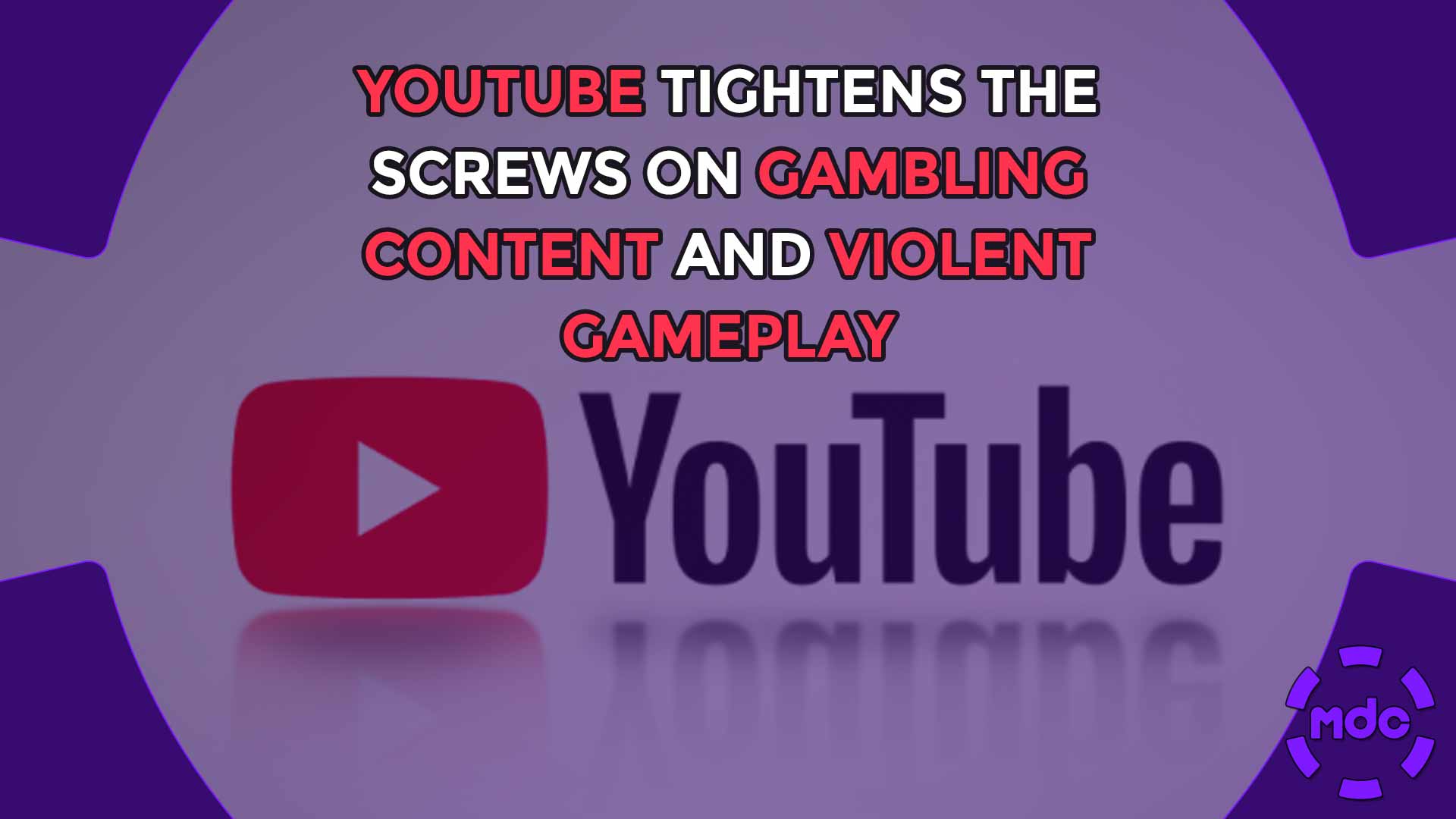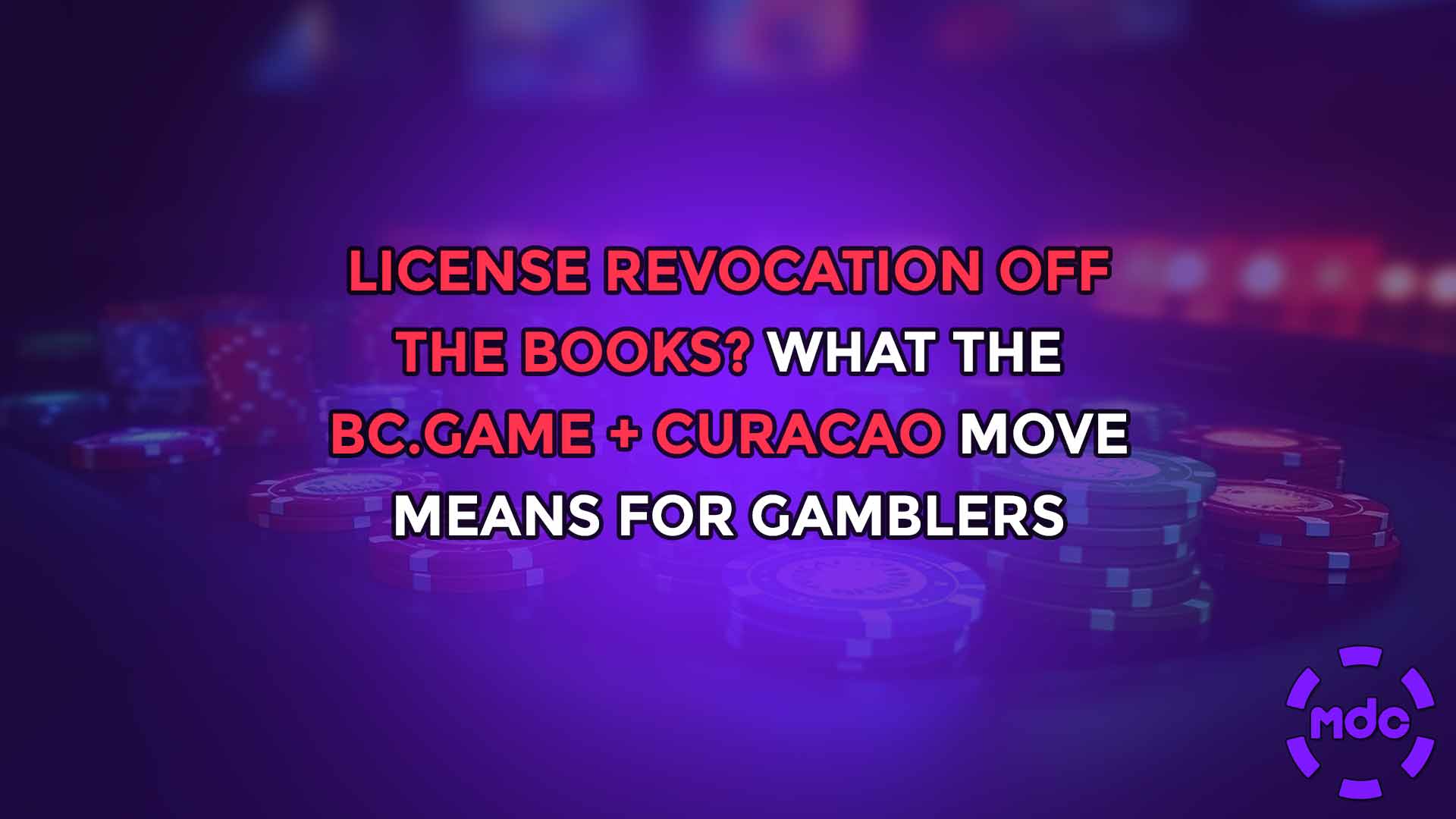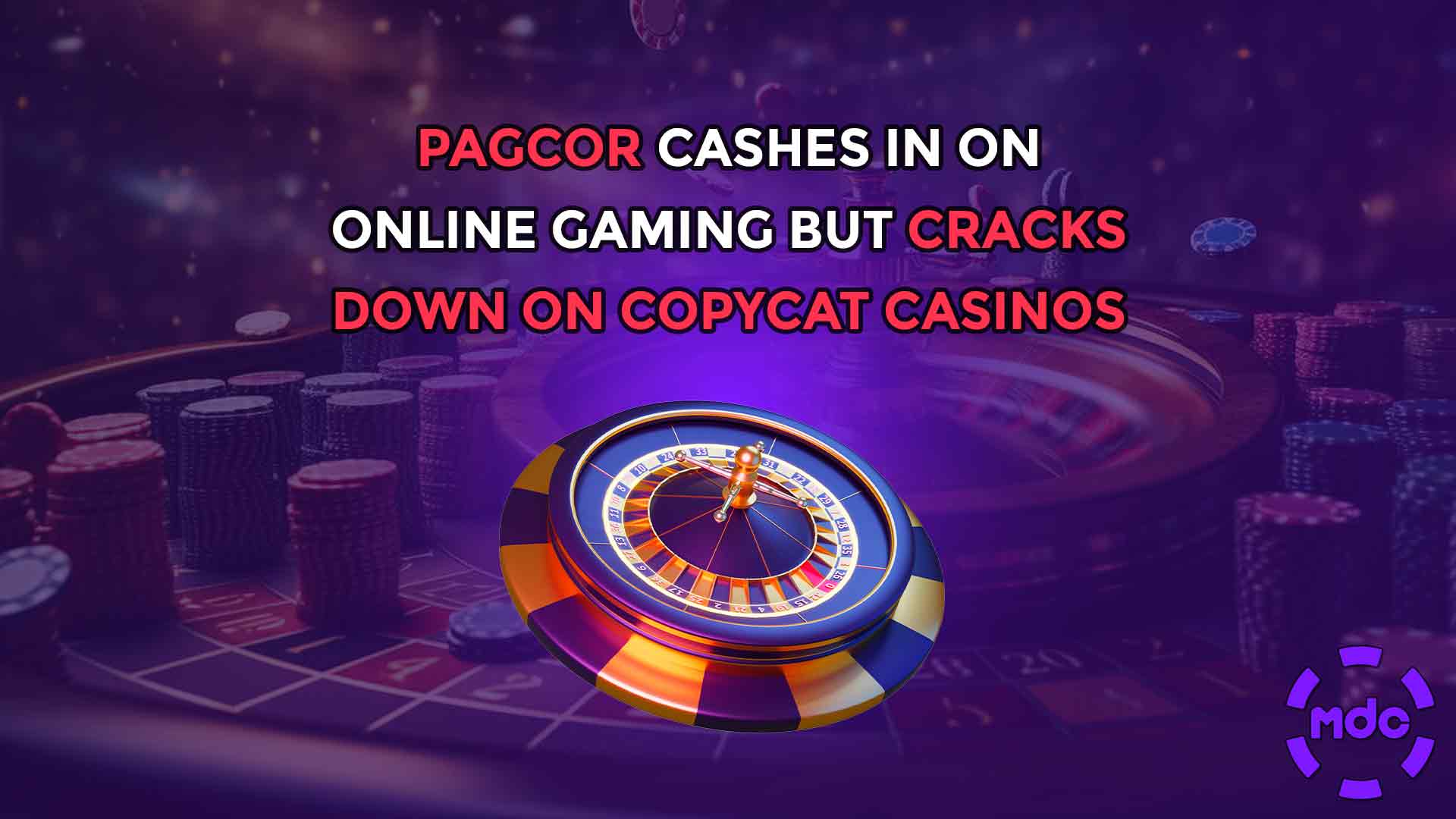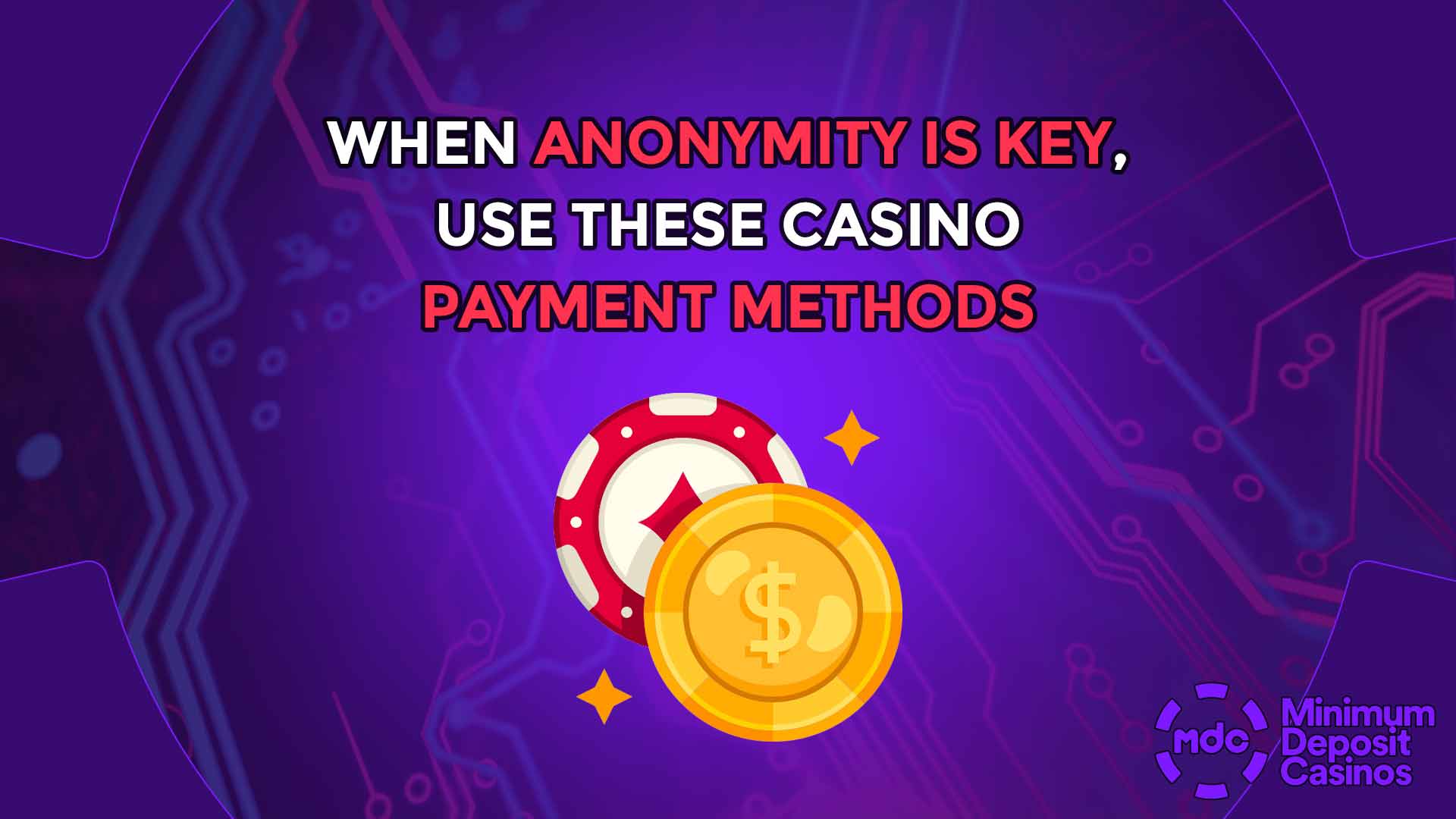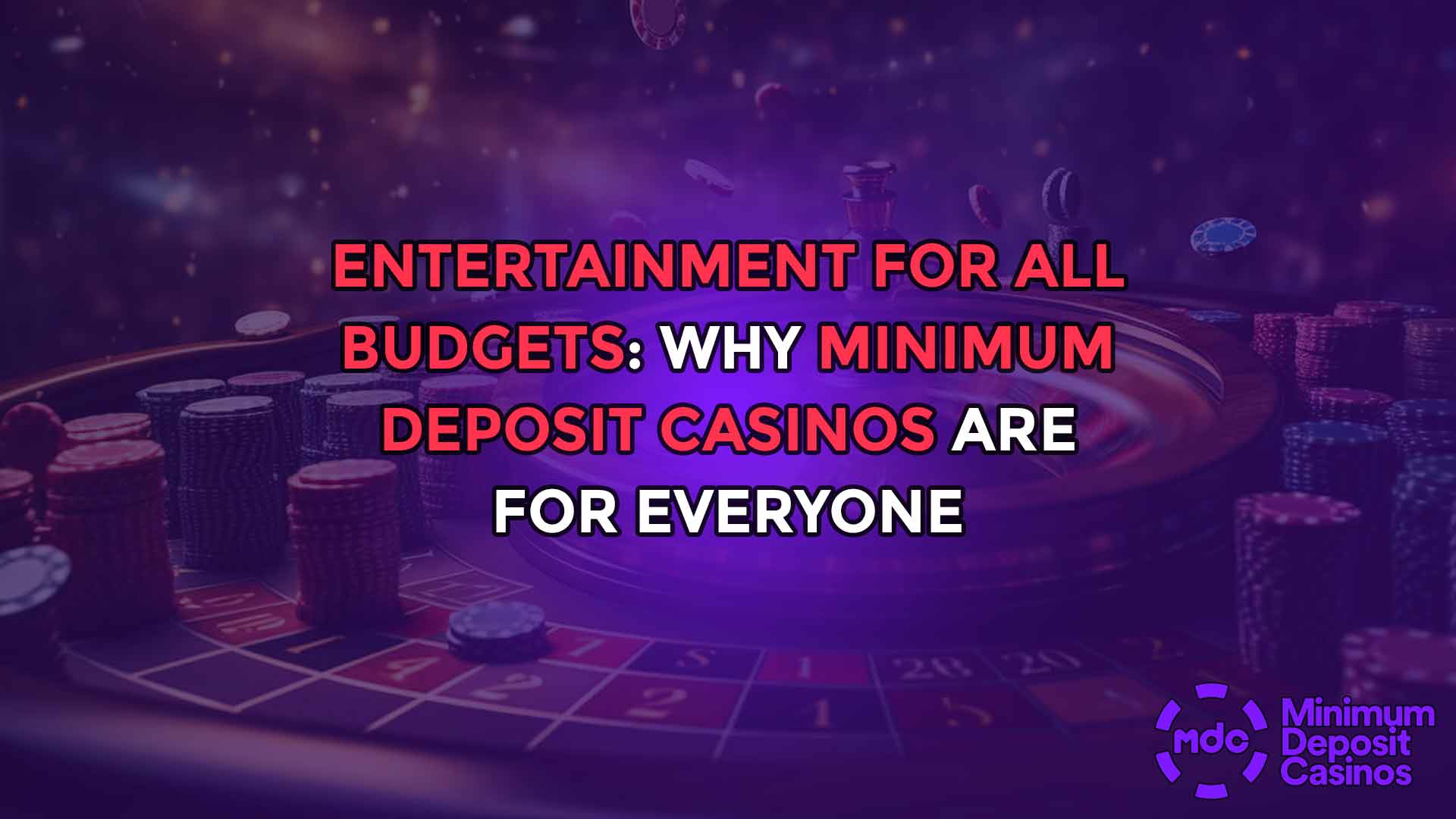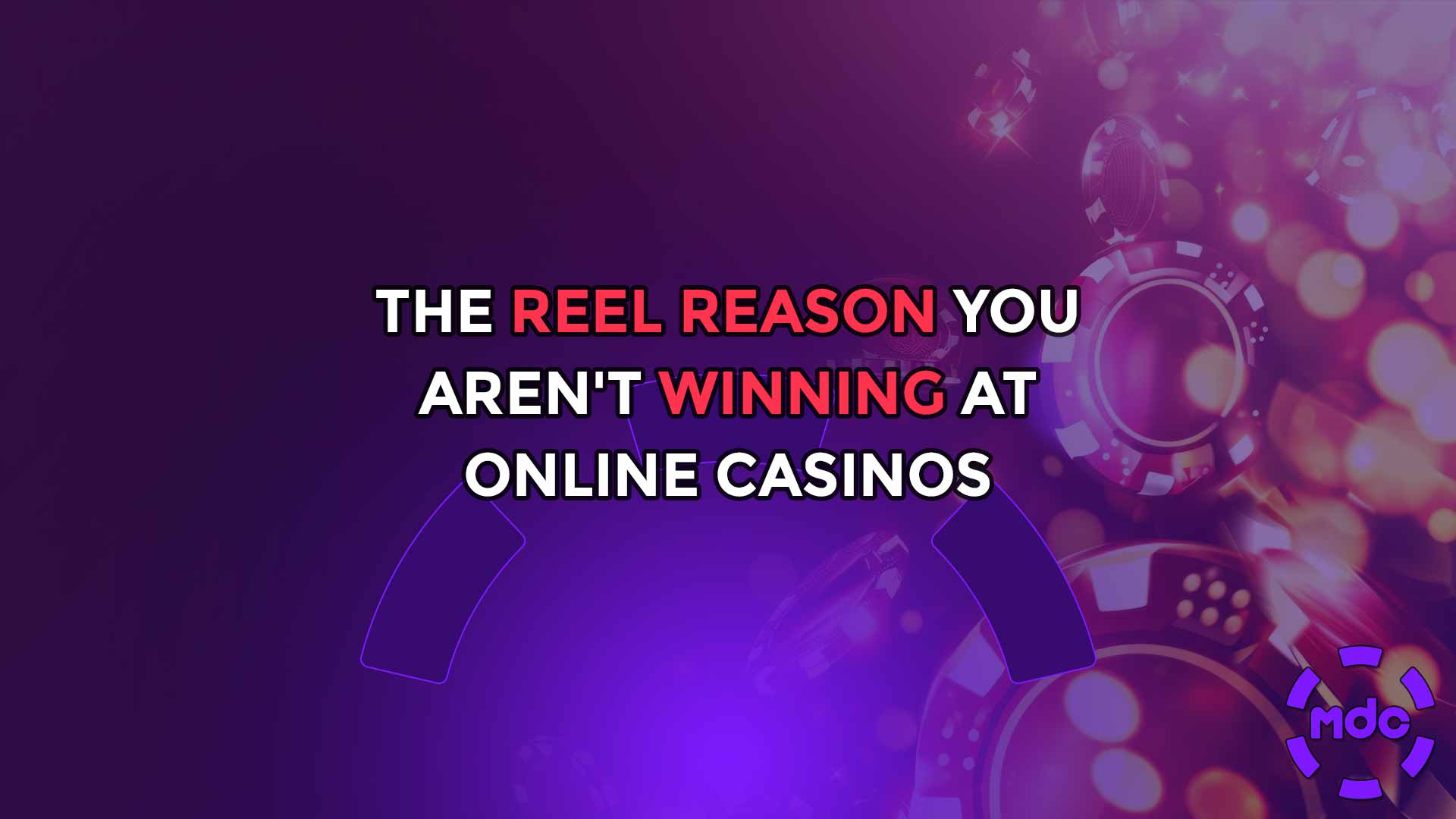YouTube Tightens the Screws on Gambling Content and Violent Gameplay
If you hunt bonuses on YouTube or binge case-opening streams with your morning coffee, brace yourself. YouTube is rolling out stricter enforcement on November 17, 2025, aimed at keeping younger viewers away from Online Casinos promos and online Gambling-style content as well as graphic gaming footage. This isn’t a ban, but it is a noticeable shift: more content will sit behind an age check, and creator descriptions that used to read like a coupon aisle may get a lot barer.
How violent gameplay will be treated
The first change you’ll feel is around violent gameplay. Clips featuring realistic human characters in scenes of torture or mass violence against civilians are headed for an 18+ wall. The length of those moments, how central they are to the video, and whether the camera lingers will all count against a creator. Think of it as the platform nudging uploads toward “PG-13 with quick cuts,” especially with a flood of blockbuster releases and hype trailers in the mix. Casual shootouts might slide, but mowing down crowds for laughs is likely to trigger age restrictions—and a mood-killing sign-in prompt.
What counts as “gambling” now
On the gambling side, YouTube is widening the net beyond old-school casino links. The policy now sweeps in digital goods with real-world value—video-game skins, cosmetics, NFTs, and similar assets—when they’re used in gambling-like ways or traded for money. For viewers, this translates to fewer direct links and referral codes under case-opening or skin-betting videos, and more coy language that pushes you off-platform to find the details. If you relied on creators’ descriptions for a shortcut to bonuses, expect an extra step or two to get to the same offers.
What this means for everyday players
Why does this matter to everyday players? Discovery. YouTube has been a huge on-ramp for sign-ups: social casino showcases, “how to play” reels, even influencer streams that blur the line between entertainment and advertising. With enforcement tightening, fewer under-18 eyeballs should stumble into those promos, and adults will see more friction before they click through. In practice, you’ll notice a pivot: creators reframing videos as “educational,” trimming the most questionable bits to keep recommendations flowing, and moving the nitty-gritty of offers to websites they control. Your watch history won’t become squeaky clean overnight, but the hard-sell vibe should dial back.
Impact on esports and skin economies
Esports and skin-economy culture won’t be spared. Case-opening content and skin gambling have been thriving crossover genres; now they’re squarely in the spotlight. That could reshape what shows up on your home page, with fewer referral-heavy thumbnails and more streams hedging their bets with safer pacing and disclaimers. If you’re an adult who just wants the action, the path is still there—you’ll just log in more often and see fewer on-platform promos doing the selling for casinos or marketplaces.
Is this good for players?
In many ways, yes. The policy targets the murky overlap between entertainment and inducement, particularly where minors can wander in. It also nudges creators toward responsible framing without torpedoing adult access. The trade-off is convenience: bonus hunters may need to rely more on reputable review hubs and less on YouTube descriptions to verify terms, wagering, and KYC fine print. But if the end result is clearer lines and fewer low-info impulse clicks, that’s not a bad outcome for bankrolls—or for parents trying to keep kids’ feeds clean.
Bottom line
From November 17, expect more age checks on bloody set-pieces and a chill on the easy-link casino hustle. For grown-up viewers, the content isn’t disappearing; it’s just putting a jacket on before it leaves the house.
